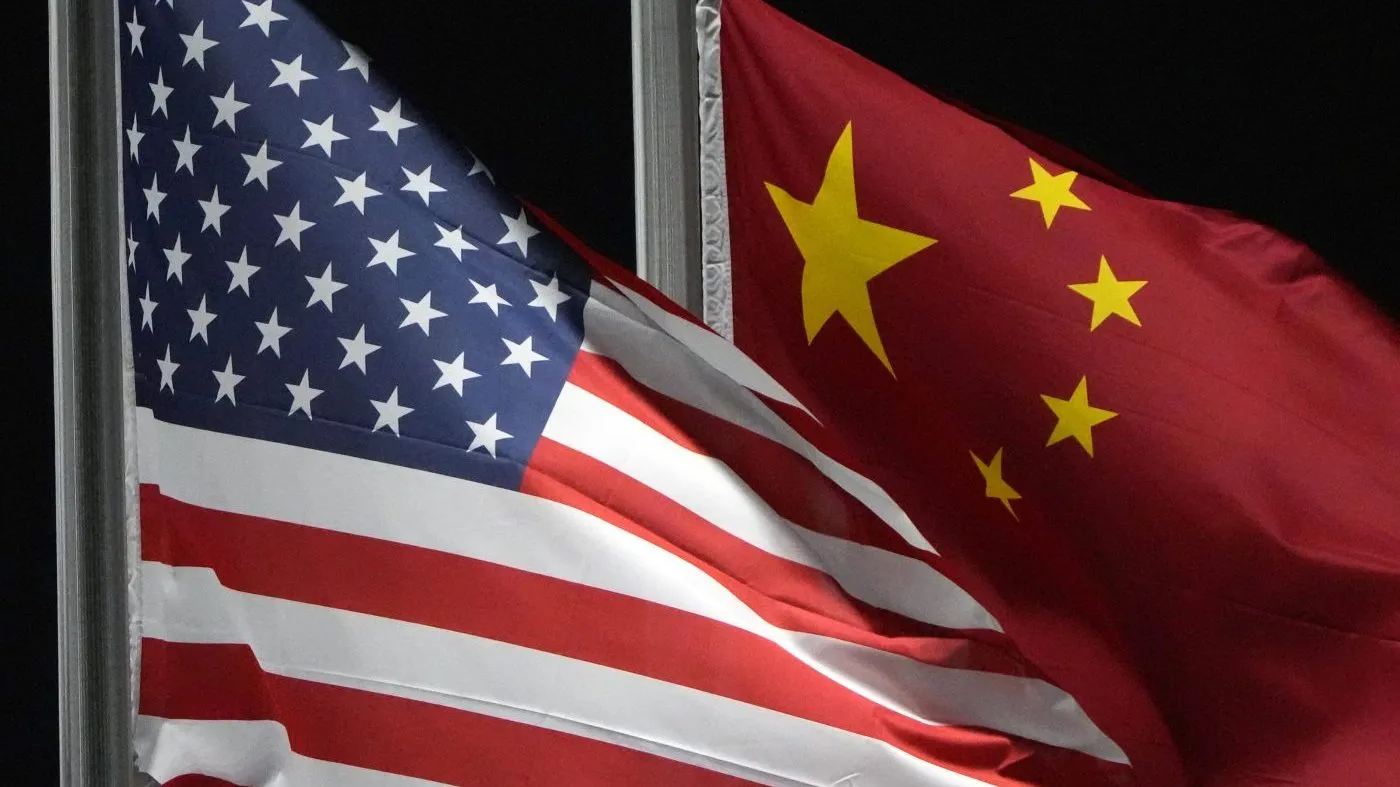Global Economy Stalls as US-China Trade War Intensifies
08.03.2025 10:00 1 min. read Alexander Stefanov
The escalating trade war between China and the US has sparked global economic disruption.
It began in February 2023 when the US imposed a 10% tariff on all Chinese imports, quickly escalating to 20% by March. The goal was to punish China for unfair trade practices, but Beijing retaliated with its own tariffs, particularly targeting US exports like soybeans and wheat.
The US didn’t stop there, expanding the trade battle to the EU, Canada, Mexico, and South Korea, claiming these measures were necessary to ensure fair trade and address national security concerns, particularly regarding steel imports. In response, China restricted rare earth mineral exports, crucial for US technology and defense industries.
As both nations imposed more tariffs and non-tariff barriers, global trade slowed, and stock markets plunged. US businesses saw rising costs, while Chinese manufacturers scrambled for new markets. Amid this turmoil, cryptocurrency gained a slight boost, partly due to Trump’s proposal for a national crypto reserve.
The global economic fallout is significant, with experts predicting a 1.5% dip in global GDP by 2025. While neither side is backing down, the war continues to disrupt supply chains, jobs, and economies worldwide, leaving the outcome uncertain.
-
1
Robert Kiyosaki Predicts 2025 “Super-Crash,” Urges Hoarding Gold, Silver, and Bitcoin
23.06.2025 13:31 2 min. read -
2
Billionaire Slams Meme Stock Hype and Sounds Alarm on U.S. Fiscal Health
15.06.2025 18:00 2 min. read -
3
Billionaire Investor Sees Dollar Crash If Key Support Breaks
18.06.2025 15:00 1 min. read -
4
Nassim Taleb Says Global Trust Is Shifting from the Dollar to Gold
22.06.2025 17:00 1 min. read -
5
Geopolitical Shockwaves Hit Ethereum Hard While Bitcoin Stays Resilient
22.06.2025 16:21 1 min. read
Robert Kiyosaki Predicts When The Price of Silver Will Explode
Robert Kiyosaki, author of Rich Dad Poor Dad, has issued a bold prediction on silver, calling it the “best asymmetric buy” currently available.
U.S. PCE Inflation Rises for First Time Since February, Fed Rate Cut Likely Delayed
Fresh data on Personal Consumption Expenditures (PCE) — the Federal Reserve’s preferred inflation gauge — shows inflation ticked higher in May, potentially delaying the long-awaited Fed rate cut into September or later.
Trump Targets Powell as Fed Holds Rates: Who Could Replace Him?
Federal Reserve Chair Jerome Powell is once again under fire, this time facing renewed criticism from Donald Trump over the Fed’s decision to hold interest rates steady in June.
U.S. National Debt Surge Could Trigger a Major Crisis, Says Ray Dalio
Billionaire investor Ray Dalio has sounded the alarm over America’s soaring national debt, warning of a looming economic crisis if no action is taken.
-
1
Robert Kiyosaki Predicts 2025 “Super-Crash,” Urges Hoarding Gold, Silver, and Bitcoin
23.06.2025 13:31 2 min. read -
2
Billionaire Slams Meme Stock Hype and Sounds Alarm on U.S. Fiscal Health
15.06.2025 18:00 2 min. read -
3
Billionaire Investor Sees Dollar Crash If Key Support Breaks
18.06.2025 15:00 1 min. read -
4
Nassim Taleb Says Global Trust Is Shifting from the Dollar to Gold
22.06.2025 17:00 1 min. read -
5
Geopolitical Shockwaves Hit Ethereum Hard While Bitcoin Stays Resilient
22.06.2025 16:21 1 min. read


